Trump vows reciprocal tariffs today without giving details
Published in Political News
President Donald Trump said he would announce reciprocal tariffs on Thursday, promising to deliver on his threat to slap tariffs on imports from countries that impose higher duties on U.S. goods.
The move would represent a major escalation of his trade war with economic partners. Trump announced the move on his Truth Social platform. He did not give any details on what the tariffs would be, how they would be structured or when they’d take effect.
“THREE GREAT WEEKS, PERHAPS THE BEST EVER, BUT TODAY IS THE BIG ONE: RECIPROCAL TARIFFS!!! MAKE AMERICA GREAT AGAIN!!!” he wrote.
The dollar trimmed losses. Currencies of economies at the heart of the trade tensions with the U.S. immediately reacted, with the euro paring gains and the Mexican peso lagging major currencies versus the greenback so far this session. Meanwhile, haven currencies like the Swiss Franc and Japanese yen held higher, outperforming peers.
The White House didn’t immediately respond to a request for comment on further details of Trump’s plans.
White House Press Secretary Karoline Leavitt had previously indicated that Trump was planning to announce the tariffs program before his meeting Thursday with Indian Prime Minister Narendra Modi. While Trump did not provide a specific time he planned to unveil the program, the White House has said he plans to sign executive actions at 1 p.m. Washington time, ahead of the Indian leader’s arrival at the White House.
Trump has gravitated toward the reciprocal tariff plan as a key part of his push to raise U.S. levies overall. Trump has said it would apply to nations who generally have a higher average tariff rate than the US, which would raise its own tariff to match them.
“Very simply, it’s: If they charge us, we charge them,” he said Sunday while speaking with reporters and confirming he planned to announce this week.
Negotiation tactics
The White House has not shared details of the plan, including what would be used to calculate the tariff rate and whether other trade barriers or taxes would be considered. It hasn’t specified whether it would pick a single average for each country or differentiate by sector or product. It’s also not clear whether the program would allow for exclusions.
The White House hasn’t said when the tariffs would take effect. A longer lead time would raise speculation as to whether they would be used as leverage or a starting point for negotiations with world leaders.
Trump’s action also could be the start of a longer administrative process to set reciprocal tariffs, by directing federal agencies to begin the work of assessing and developing new, matching levies that hit individual countries or products.
Trump has previously floated ways for countries to get around some of his specific tariffs. Despite saying there’d be no exceptions from the steel and aluminum duties, the president agreed after a call with Australian Prime Minister Anthony Albanese that he would “give consideration” to leeway for Australia. Trump cited an overall trade surplus with Australia, as well as their purchase of U.S.-made airplanes.
Trump is announcing the plan on a day where he hosts India’s Modi, whose country has high tariffs. Modi has already taken steps to appease Trump. In the last few weeks, India has slashed tariffs on items from motorcycles to luxury cars, agreed to take planeloads of undocumented migrants and pushed to ramp up purchases of U.S. energy.
Trump earlier announced tariffs on China, Canada and Mexico, but paused the latter two for a month after the countries made border security pledges. He has also announced 25% tariffs on steel and aluminum that are set to take effect next month.
—With assistance from Justin Sink, Nour Al Ali, Jordan Fabian, Meghashyam Mali and Jennifer A. Dlouhy.
©2025 Bloomberg L.P. Visit bloomberg.com. Distributed by Tribune Content Agency, LLC.


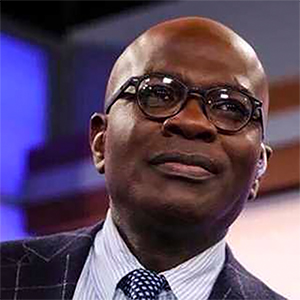



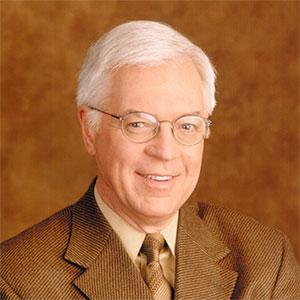

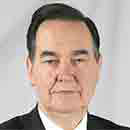








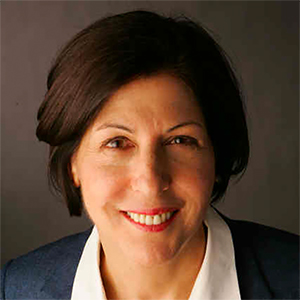
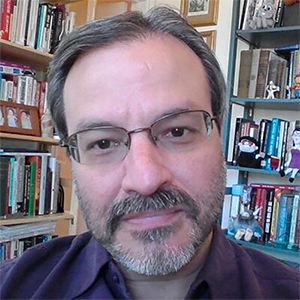



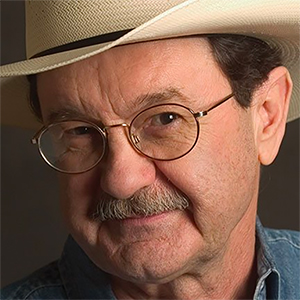

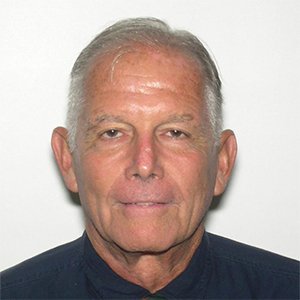

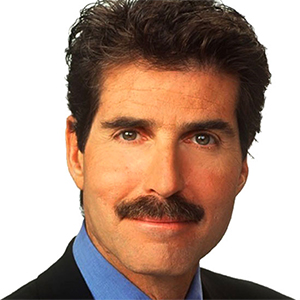

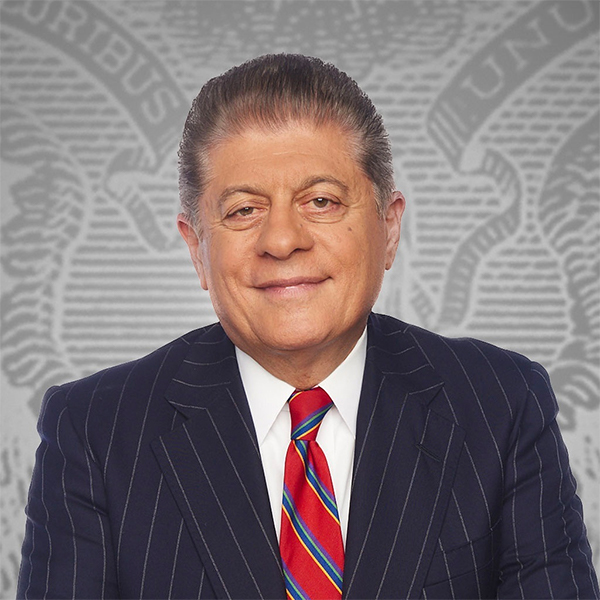


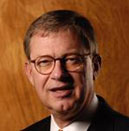
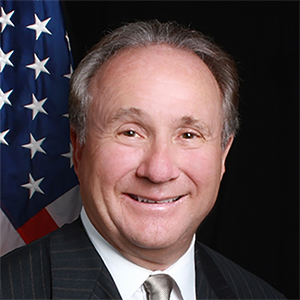

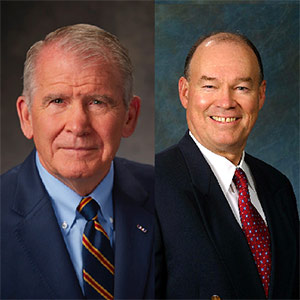





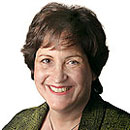
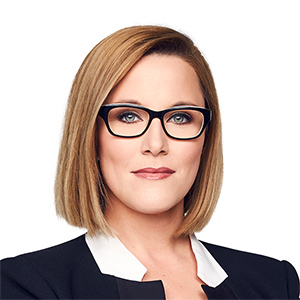










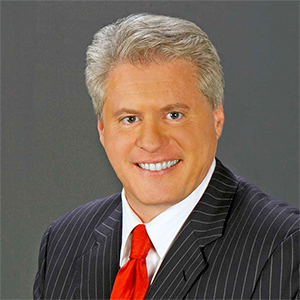

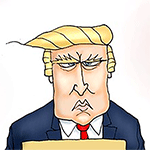

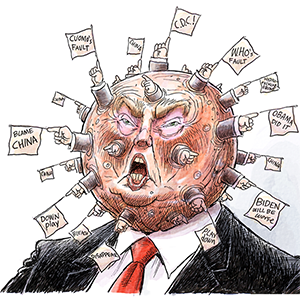
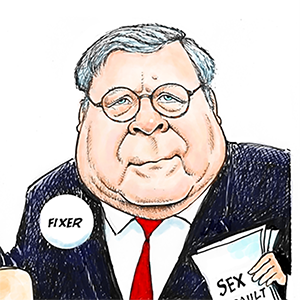
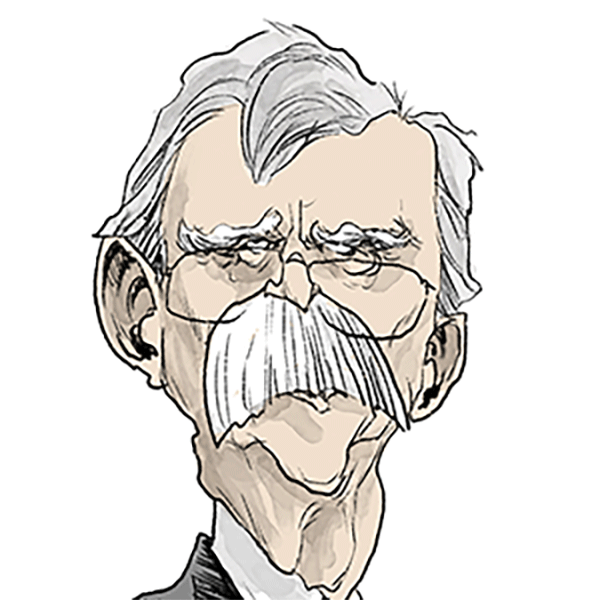
Comments